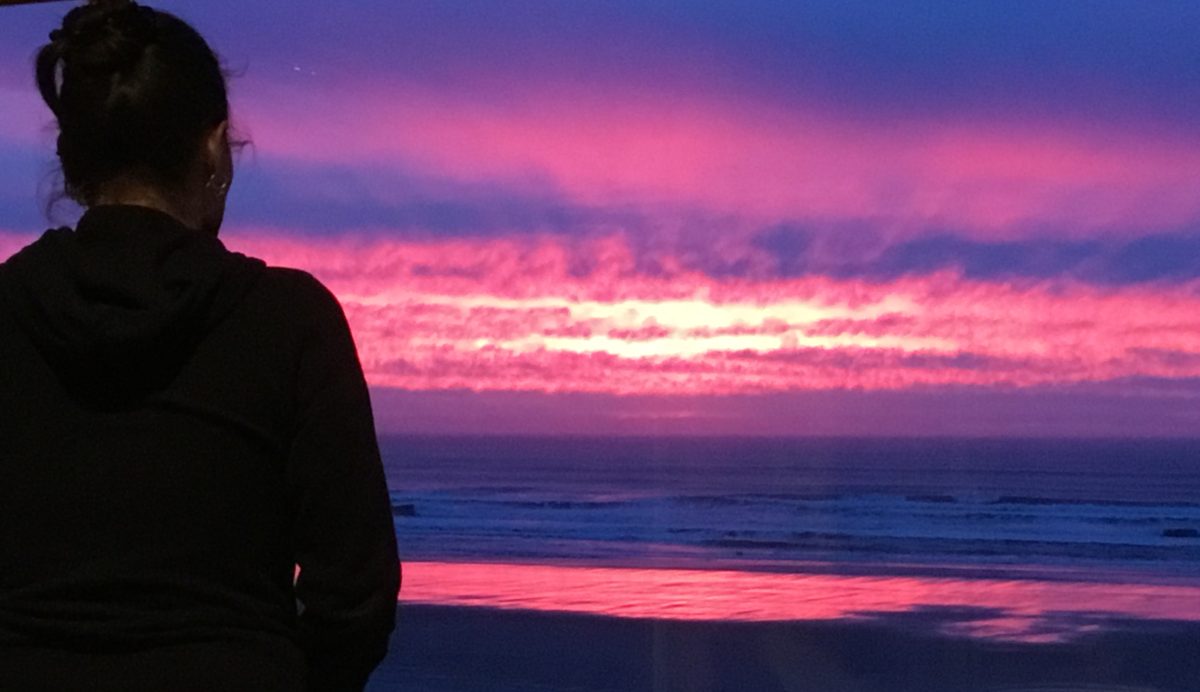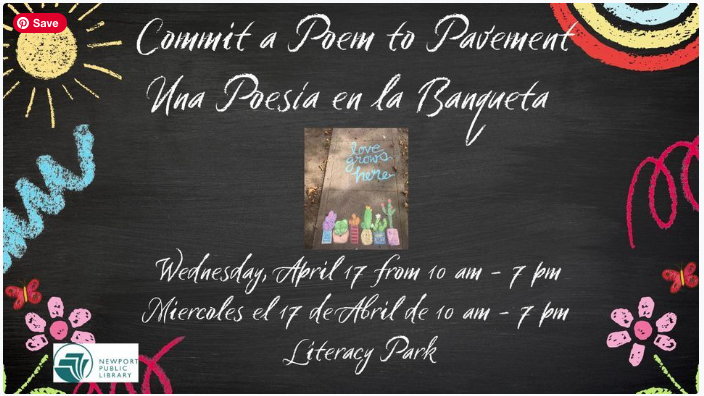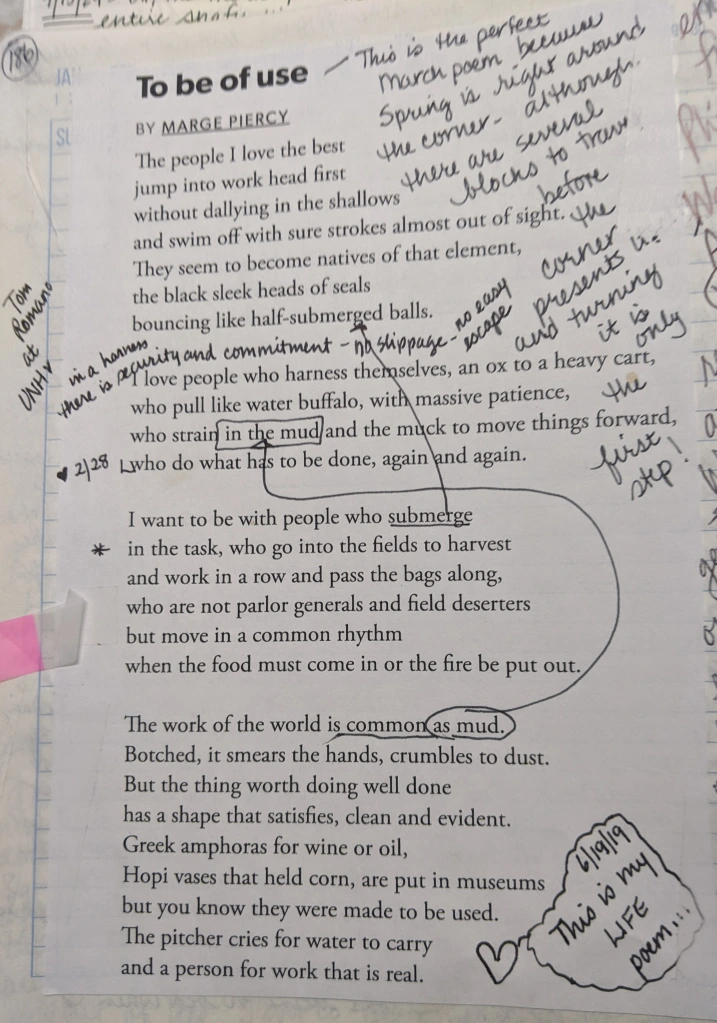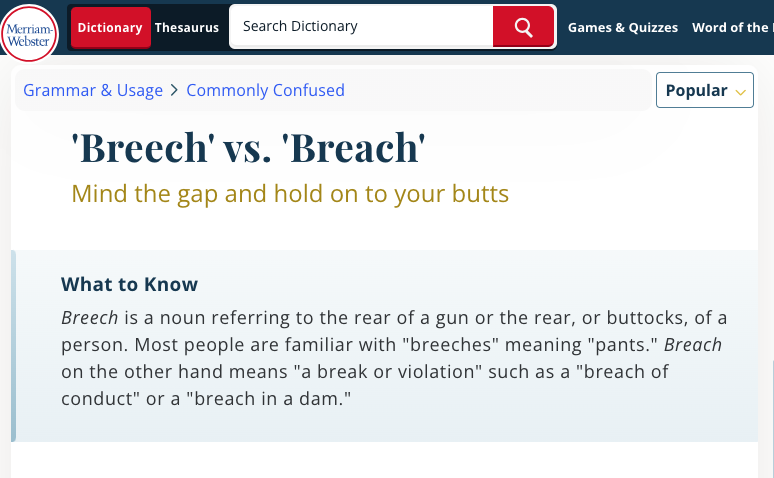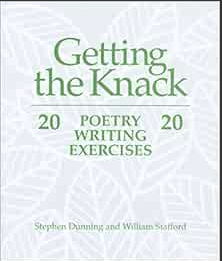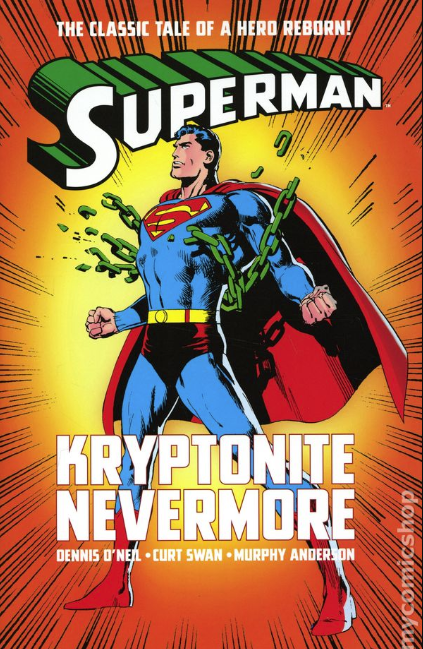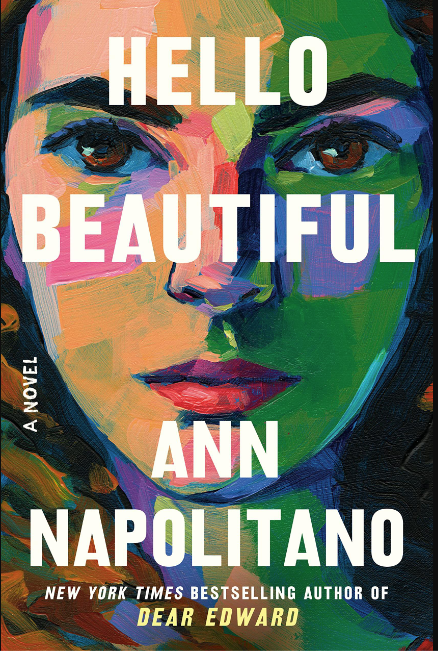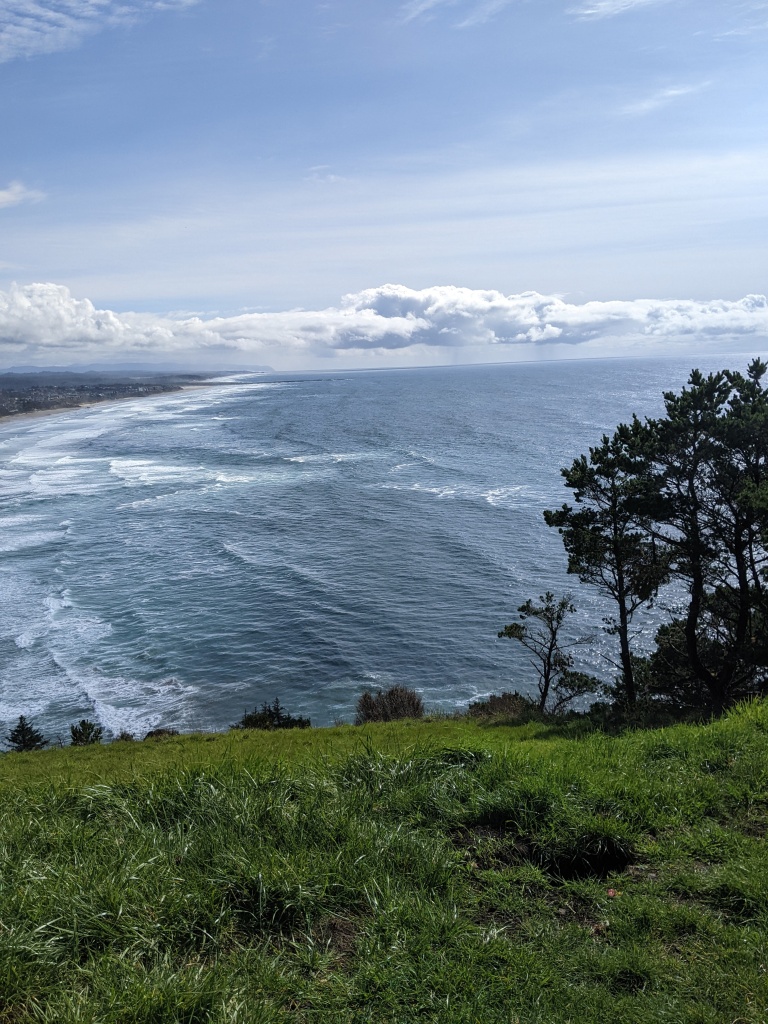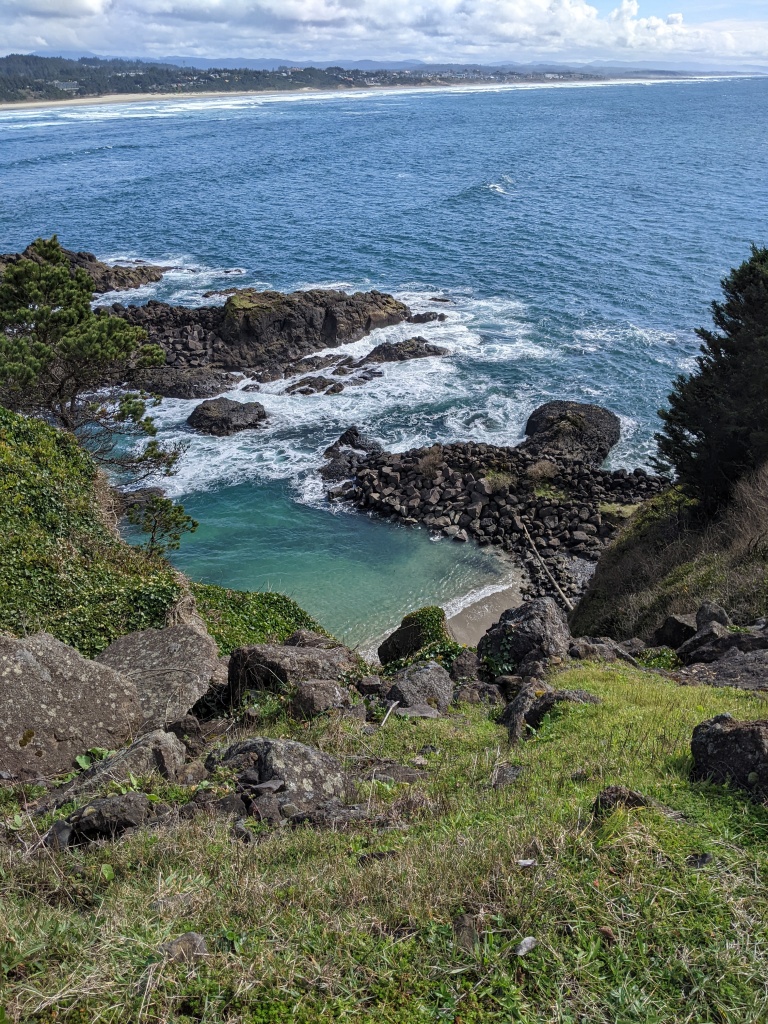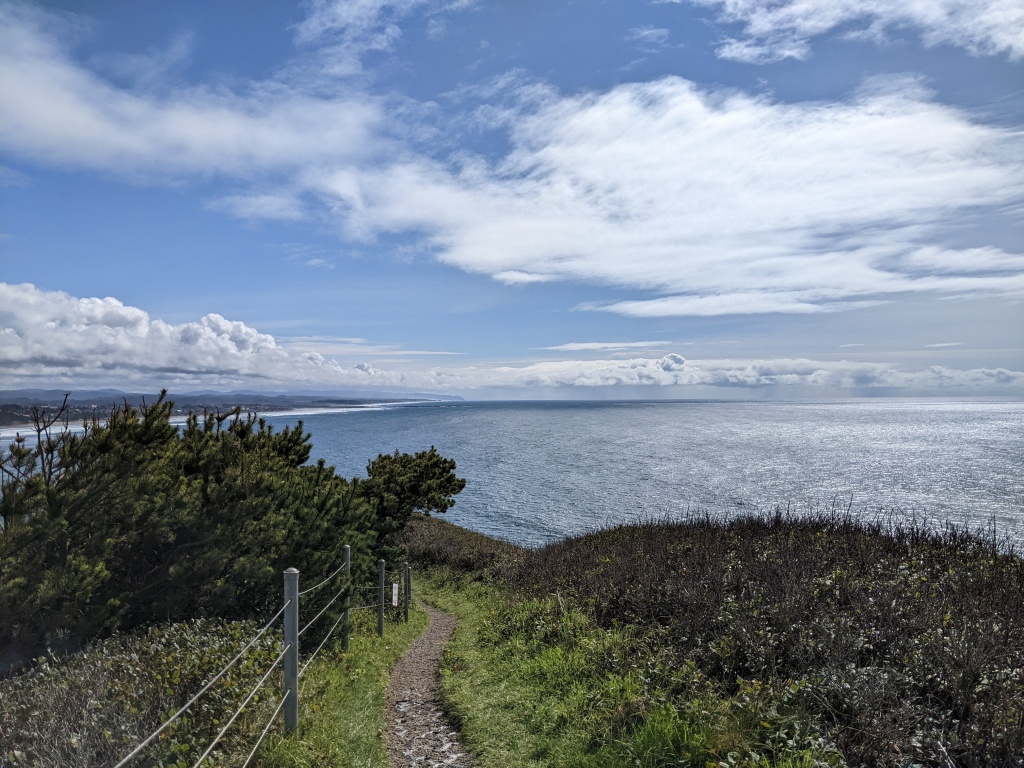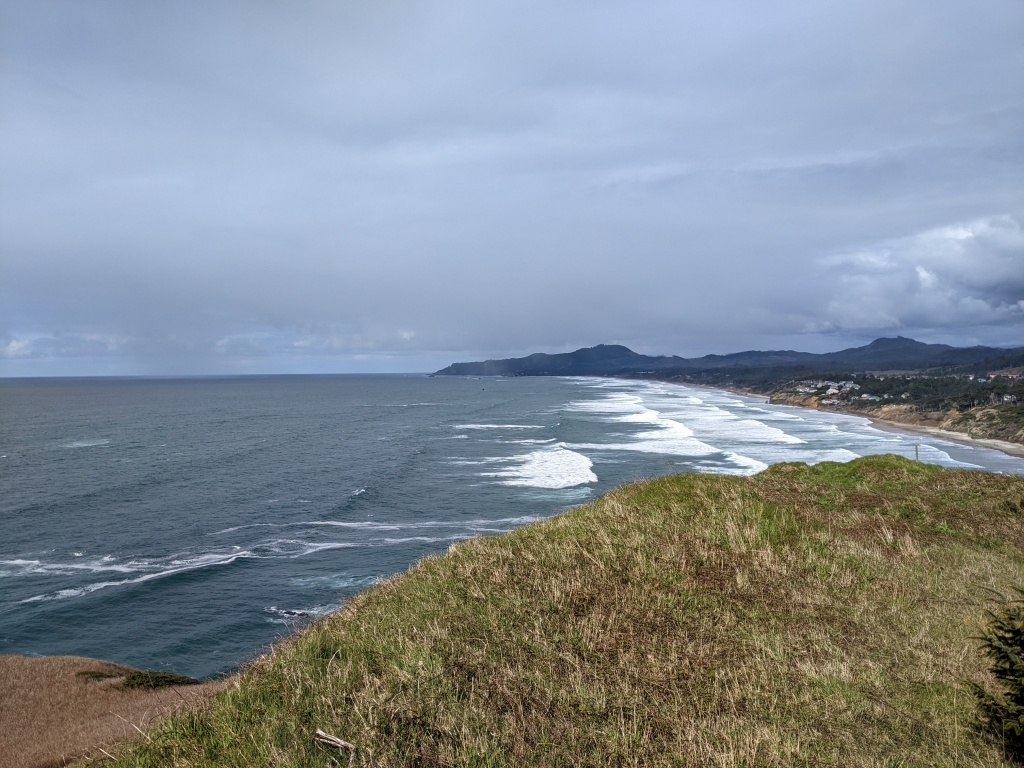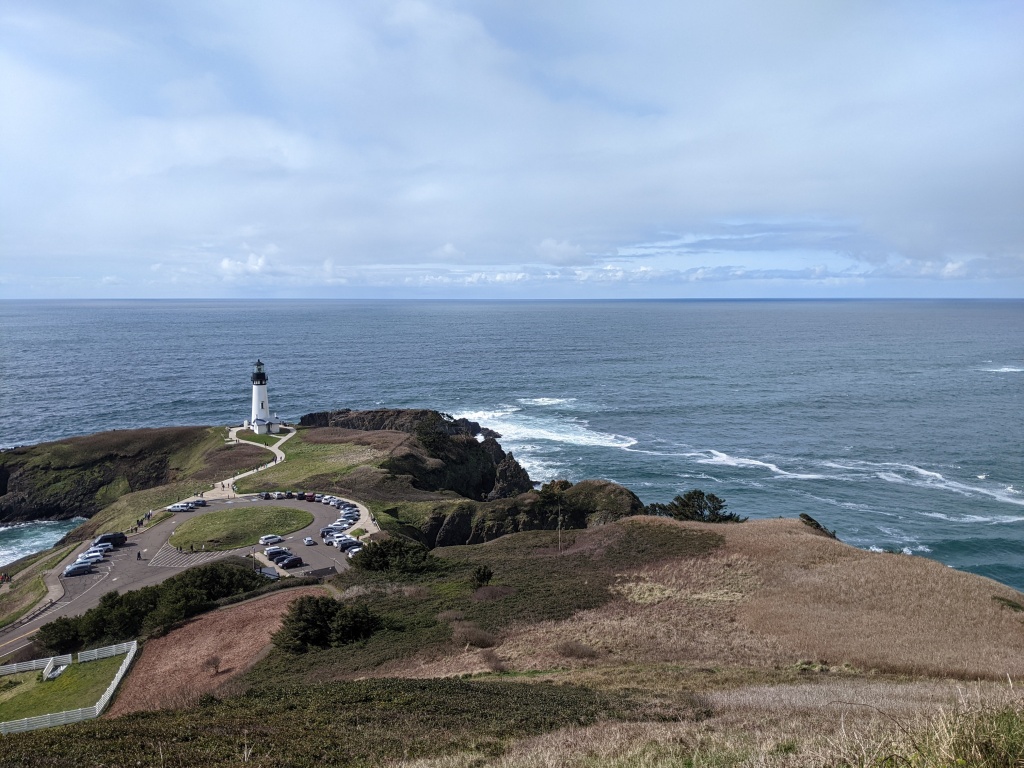“I don’t believe in higher walls; I believe in longer tables.”
José Andrés (founder of World Central Kitchen)
“Perhaps the World Ends Here” says Joy Harjo in her poem about the role of the kitchen table in our lives. Both José Andrés and Harjo acknowledge the centrality of communing over nourishment as central to feeding more than our physical selves. Coming together is truly soul food.
“What are you doing for Passover?”asked a guest I had just met at a party last Saturday. It gave me pause because here on the Oregon Coast the question is an unfamiliar one. That was much less true when I lived in a busy New Jersey town near to both New York City and Philadelphia. Obviously this friend of my son’s was aware that we had raised Sam in a reformed Jewish temple, that Sam had been raised Jewish.
I somewhat sheepishly admitted that after leaving my husband’s family behind in our move west, we had abandoned celebrating the traditional Seder with any frequency. I had attended an all-faith community Seder held in a nearby town a couple of times with a close friend—neither of us ourselves Jewish, but both having Jewish husbands and mindful of the most significant of holidays. Passover is certainly that, a holiday that commemorates the Jews release from bondage out of Egypt and extends to the ideal of freedom for all.
Later I spoke with his wife who said she was hosting their first Passover Seder ever. Nineteen people would gather around their table for this holiday. I recalled how my sister-in-law always invited a large group of guests in addition to our boisterous family and gladly accepted any last-minute attendees. Anyone who had nowhere else to go was always welcome—Jews and non-Jews alike.
We would observe a modified service, the “highlight reel” of the Haggadah, the Seder plate with its symbolic offerings and the youngest child—a new face shining each year—asking the four questions. The food, the conversation, the community was the heart of our holiday. That the freedom, the safety we often take for granted was being denied to others even as we gathered remained at the center of our commemoration.
Several stories from our times together have stayed with me. One I remember addressed the difference between heaven and hell. In hell, everyone is crowded around a banquet table groaning with the weight of platters of all types piled high with sumptuous food. All the people are emaciated despite the feast before them. They have arms that cannot bend. There the food sits, unattainable, while they shove and starve.
In heaven, the setting is the same, but the stiff-armed people are rosy-cheeked and happy. In heaven, they have learned to feed each other.
Whatever causes us to gather together around the table, I’m hoping it brings us closer to heaven.
